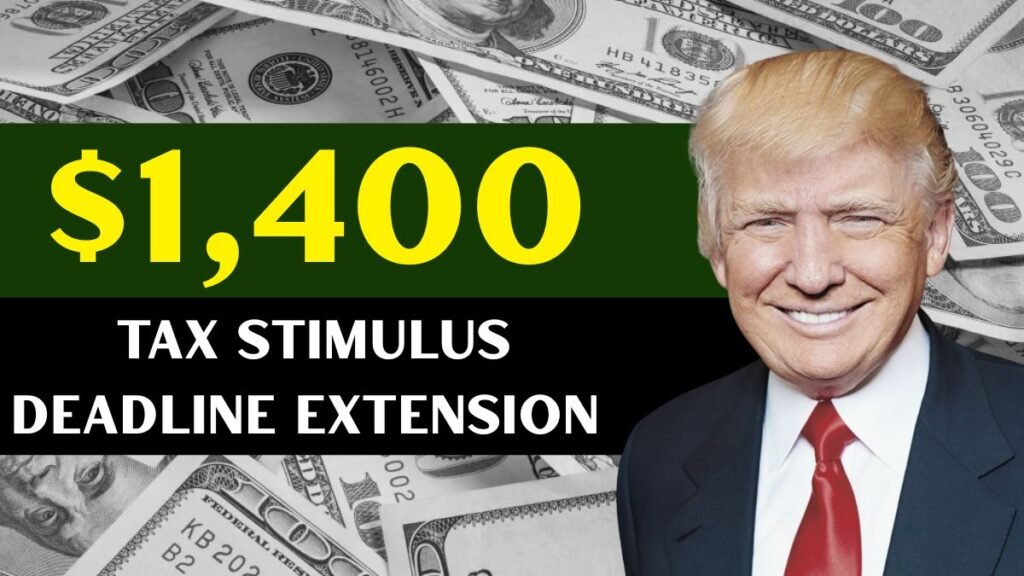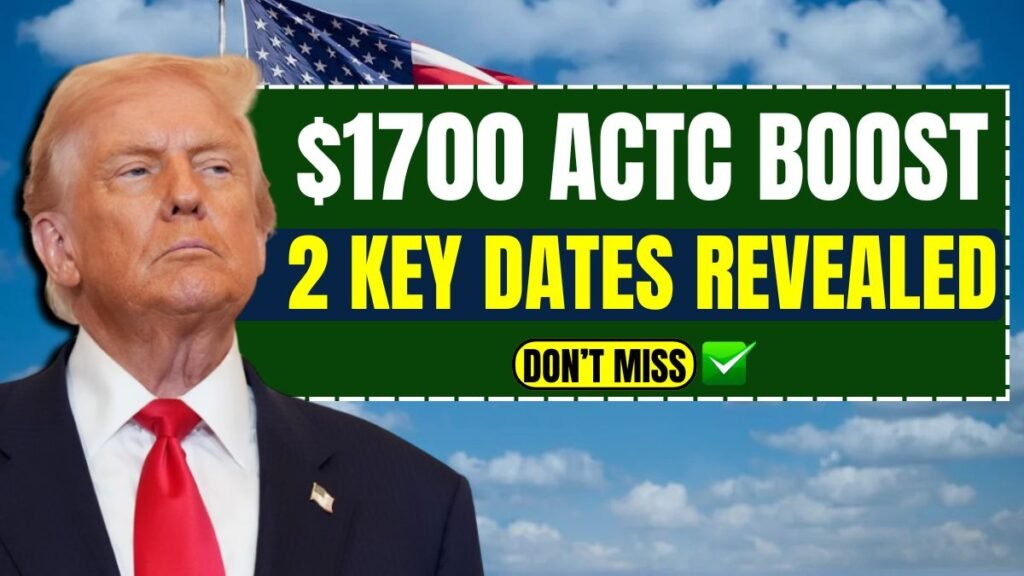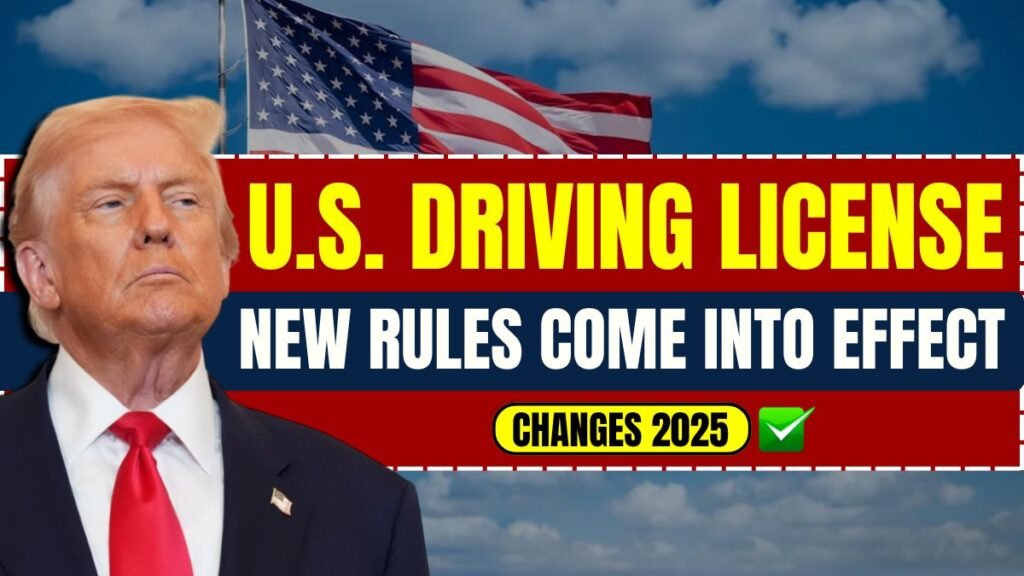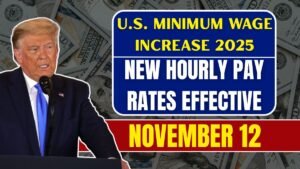Graduate Student Loan Program Eliminated: The United States is witnessing the biggest changes to its education-related financial policies in decades. President Donald Trump’s administration has made several significant decisions under the “One Big Beautiful Bill Act” (OBBBA). The Department of Education formally approved these changes on Thursday after its final “Negotiated Rulemaking” session.
These changes include the elimination of the Grad PLUS Loan Program for graduate students and the imposition of stricter borrowing limits on Parent PLUS Loans. Additionally, several repayment plans created during the Obama and Biden administrations have been eliminated, and a new, simplified Repayment Assistance Plan (RAP) has been announced, which will take effect in July 2026.
Table of Contents
Why are these changes important?
Currently, more than 42 million people in the US are burdened by student loan debt, totaling approximately $1.7 trillion. Therefore, these reforms are crucial not only for the education sector but also for the entire social and economic fabric of the country.
According to the Trump administration, the goal of these changes is to protect students from unnecessary and excessive debt, prevent unwarranted increases in tuition fees, and better align higher education with the needs of the job market.
What is changing—key points of the OBBBA
The Department of Education implemented this act after receiving the approval of the Reimagining and Improving Student Education (RISE) Committee.
The main points are as follows:
- Grad PLUS Program eliminated: Graduate students will no longer have access to separate Grad PLUS loans.
- Limits on Parent PLUS Loans: Parents will no longer be able to borrow excessive amounts for their children’s education.
- Unified Repayment Assistance Plan (RAP): All previous repayment programs will be eliminated, and a simplified loan assistance plan will be implemented. This will be effective from July 2026.
- New borrowing limits:
- For graduate students—a maximum of $20,500 annually and a lifetime maximum of $100,000.
- For professional students—a maximum of $50,000 annually and a lifetime maximum of $200,000.
According to the Department of Education, this step was necessary to curb uncontrolled borrowing and rising tuition fees.
Major Controversy in the PSLF Program

Parallel to these reforms, significant changes have also been made to the Public Service Loan Forgiveness (PSLF) program, which will take effect on July 1, 2026. The Department of Education has now decided to exclude organizations found to have a “substantial illegal purpose” from the PSLF scheme.
Organizations falling into this category will include:
- Nonprofit institutions that assist undocumented immigrants,
- Organizations that provide gender-affirming care in restricted areas,
- Or those that have been convicted of terrorism-related charges.
Employees of such institutions will no longer be eligible for PSLF (loan forgiveness). The Secretary of Education will make the final decision in these cases, considering court rulings, legal settlements, or credible evidence.
However, payments made before July 1, 2026, will remain protected.
Four US cities, including Boston and Chicago, and several labor unions have filed a lawsuit in federal court against this decision. They argue that this move is discriminatory against public employees serving in government and non-profit sectors.
Its Impact on Students and Parents
The imposition of a limit on graduate loans will directly impact the plans of students pursuing higher education. Previously, students were able to cover their entire education with Grad PLUS loans, but now, with limited borrowing, they will have to make more informed decisions regarding their course selection and university choices.
Many financial experts believe this could reduce the number of students enrolling in expensive graduate programs such as medical, law, and business schools.
A Glimpse of the New Repayment Assistance Plan (RAP)
The RAP plan is designed to simplify and streamline student loan repayment. This plan will eliminate the old, complex repayment models and introduce a unified system.
- Under the RAP, every borrower will have to make payments based on their income.
- This plan will provide some relief to those with lower incomes, but it will also require a minimum monthly payment.
- The Department of Education aims to ensure borrowers repay their loans within a realistic plan to reduce defaults.
RAP will take effect in July 2026 and is expected to completely replace the old forgiveness and income-driven repayment programs.
Education Experts React
Deputy Secretary Nicholas Kent said,
“This act by President Trump will revolutionize higher education. It will force universities to deliver better outcomes and keep tuition fees under control. Students will no longer have to take on unnecessary debt and will instead invest in degree programs that will provide real benefits in their careers.”
Alex Beene, a financial literacy instructor at the University of Tennessee, told Newsweek,
“The coming year will bring major changes to the student loan system. Many old loan forgiveness programs are being phased out and incorporated into RAP. This means students will need to adapt to these changes now.”
What’s Next?
The Department of Education has indicated that the implementation of the RAP scheme and other reforms will be phased in. Borrowers will be required to update their existing account information and choose payment options.
Financial advisors predict that these provisions will completely change the way student loans are borrowed. Many students will even restructure their degree plans to allow them to enter more stable and income-generating professions.
What steps can students take?
1. Review your financial plan:
- Realistically assess your courses, fees, and future earnings. Plan your education costs within a lower borrowing limit.
2. Communicate with your educational institution:
- Many universities are considering increasing scholarships in line with the new policies. Inquire about these options.
3. Prepare for the RAP program:
- Update your loan data and account information before July 2026 to easily transition to the new payment system.
4. Check the list of PSLF-accredited organizations:
- If you work for a nonprofit or government organization, ensure its validity before making future decisions.
Conclusion
The end of the Graduate Loan Program and the introduction of new structures like RAP mark a historic shift in the US student loan system. This move will now encourage students and parents to make more responsible education decisions.
While these policies may make the path to education more difficult for some students, they are expected to curb tuition fees and uncontrolled borrowing in the long run.
The direct impact will be that future student loans will be more transparent, repayment systems will be simplified, and the value of education will be linked to real employment outcomes.
FAQs
Q. What major change did the Department of Education announce?
A. The Department eliminated the Grad PLUS loan program and capped Parent PLUS loans under President Trump’s One Big Beautiful Bill Act (OBBBA).
Q. When will the new Repayment Assistance Plan (RAP) take effect?
A. The new RAP will launch in July 2026, replacing multiple existing repayment and forgiveness programs.
Q. How much can graduate and professional students borrow now?
A. Graduate students can borrow up to $20,500 per year ($100,000 lifetime), while professional students can borrow up to $50,000 annually ($200,000 maximum).
Q. What happens to the Public Service Loan Forgiveness (PSLF) program?
A. PSLF rules are being tightened to exclude organizations found to have a “substantial illegal purpose,” affecting eligibility for future forgiveness.
Q. How will these changes impact students and borrowers?
A. Borrowers will face stricter loan limits, fewer forgiveness options, and a more simplified repayment system to manage debt more responsibly.
















